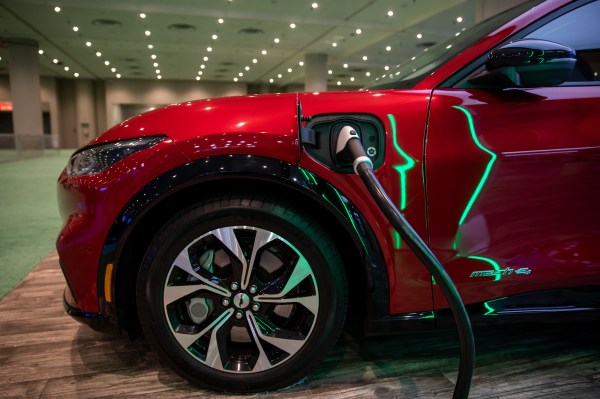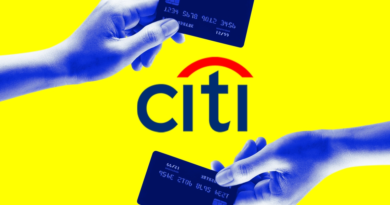Ford to build $3.5B LFP battery factory using China tech

Ford said Monday it is investing $3.5 billion to build a factory in Michigan that will make cheaper lithium iron phosphate batteries for its growing portfolio of electric vehicles.
The factory, which will be located in Marshall, Michigan, will not make nickel cobalt manganese (NCM), a technology that is in its current EVs. Ford said it is working with Chinese company Contemporary Amperex Technology Co, known as CATL, confirming previous coverage. Under the arrangement, Ford’s wholly owned subsidiary would manufacture the battery cells using LFP battery cell knowledge and services provided by CATL.
“We are committed to leading the electric vehicle revolution in America, and that means investing in the technology and jobs that will keep us on the cutting edge of this global transformation in our industry,” said Ford executive chair Bill Ford said in a statement. “I am also proud that we chose our home state of Michigan for this critical battery production hub.”
The $3.5 billion factory is part of Ford’s plan to invest more than $50 billion in electric vehicles globally through 2026. Ford said it plans o deliver an annual run rate of 600,000 electric vehicles globally by the end of this year and 2 million globally by the end of 2026.
The factory, called BlueOval Battery Park Michigan, will initially employ 2,500 workers, according to the company. Production is expected to begin in 2026. Ford will have the option to further grow its battery capacity plant.
Ford said it is adding the LFP batteries to its lineup this spring, starting with the Mustang Mach-E, CEO Jim Farley said during a press conference Monday. Ford said last summer that CATL would supply LFP battery packs for the Mach-E SUVs in North America starting in 2023 followed by F-150 Lightning pickup trucks in early 2024.
Ford’s decision to manufacture LFP batteries in the United States is part of a trend among automakers to adopt this an older, cheaper and safer technology. Tesla, for instance, already uses LFP batteries in the EVs it makes and sells in China.
China has owned the LFP market for nearly a decade due to an agreement with a consortium of universities in the U.S. and Canada that hold patents on the technology. But that is poised to change as access to patents open up and the cost of battery materials rise.
Newer battery chemistries like nickel-manganese-cobalt (NMC) and nickel-cobalt-aluminum (NCA) have the benefit of higher energy density that improves the range of their batteries. However, LFP doesn’t use scarce raw materials like cobalt and nickel, making them cheaper, and are less likely to catch fire. Those perks have become more appealing to automakers as seek to offer more affordable EVs, while maintaining or even improving profit margins.
Correction: Ford’s new $3.5 billion factory in Michigan will only manufacture LFP batteries, not nickel cobalt manganese (NCM) and LFP batteries.


